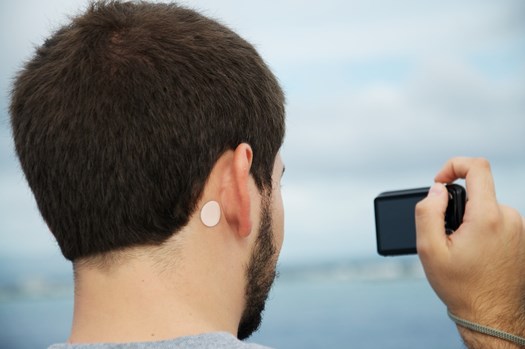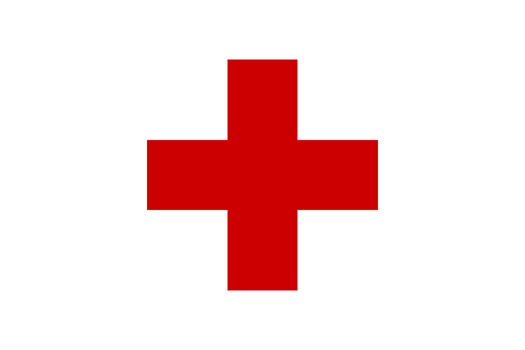South America / Ecuador / Galapagos
Ecuador is among the smallest of South American countries. Ecuadorians tend to be a gentle, respectful, social, and family-oriented people. Over its fascinating history, and even in the past 15 years, the country has witnessed its share of popular protests and political intrigues. But these events are invariably focused on internal politics, and visitors have never been targeted.
The islands are remarkably benign. I raised my first (Quito born) boy there until he was nearly 3 years old. He did his first cruise "in utero" and his second when he was 8 months old. We've since taken our boys on 2 further cruises, when they were 7 and 10, and again when they were 10 and 13. With only a beginner's Spanish, my soon to be 16 year old is going his own in the summer of 2015 for a few weeks, helping with chores aboard one of the cruise ships there. All this to say that the risks are likely no greater there than on a similar trip to the Florida Keys, for example.









